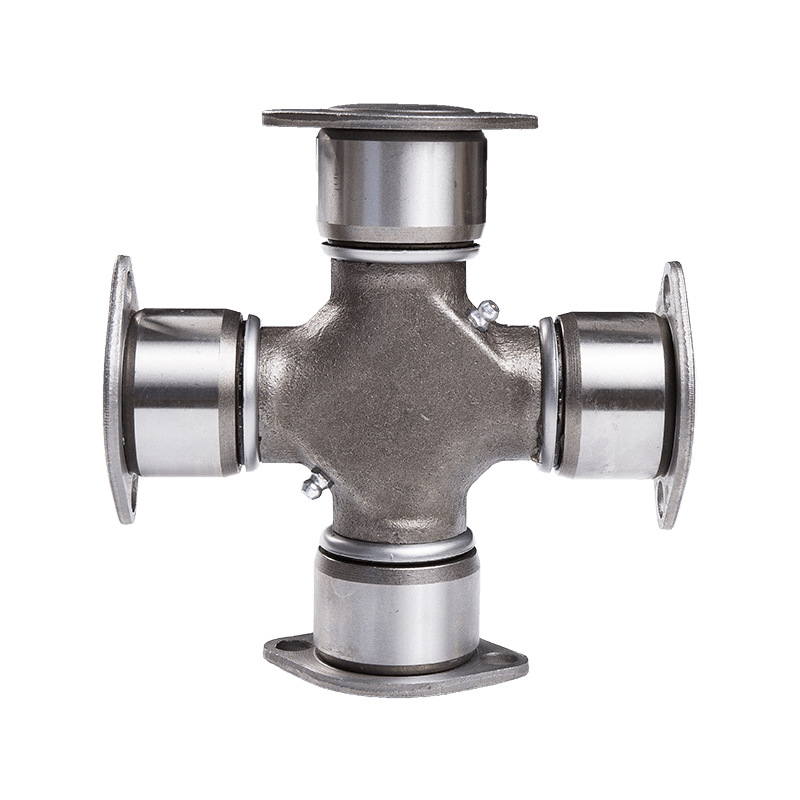Heavy duty Universal joints, often referred to as U-joints, play a pivotal role in mechanical systems where two shafts need to connect while allowing for rotational movement. They are ingeniously designed to transmit torque effectively, accommodating misalignment between shafts and enabling flexibility in movement. This functionality is critical in various applications, from automotive drivetrains to industrial machinery, where dynamic performance and reliability are paramount.
At the heart of a universal joint's effectiveness is its ability to transmit torque from one shaft to another, even when they are not perfectly aligned. This is achieved through its unique design, which typically consists of two yoke-like structures connected by a cross-shaped component called a spider. As one shaft rotates, the spider pivots within the yokes, allowing for a change in angle while maintaining a continuous transfer of torque. This capability is essential in scenarios where shafts may be positioned at angles or subjected to various loads. The universal joint effectively compensates for these variations, ensuring that energy is transferred smoothly and efficiently without causing undue strain on the connected components.
Misalignment is an inherent challenge in many mechanical systems, often arising from factors like uneven ground, vibrations, or thermal expansion. Universal joints are specifically engineered to accommodate such misalignment, allowing for angular displacement between the shafts. Typically, a U-joint can handle angles up to 30 degrees, although specialized designs may permit greater flexion. This flexibility not only facilitates easier installation but also enhances the durability of the entire system. By minimizing stress concentrations and distributing forces evenly, universal joints significantly reduce the risk of failure, thus extending the lifespan of connected components.

In terms of motion, universal joints are designed to handle a variety of flexion types, including angular, axial, and radial movements. Angular motion refers to the bending or tilting of the shafts at an angle, while axial movement occurs along the length of the shafts, typically due to thermal expansion or contraction. Radial motion involves slight lateral movements that may occur as the system operates. The versatility of universal joints in accommodating these various movements makes them invaluable in systems where precision and adaptability are required. Whether in an automotive setting where driveshaft angles frequently change or in industrial machinery where loads fluctuate, the universal joint remains a reliable component, providing seamless torque transmission and exceptional flexibility.
When selecting a universal joint for a specific application, it's crucial to consider the load-bearing specifications, the materials used in construction, and the joint's performance under various operating conditions. High-quality materials like hardened steel or composite materials enhance strength and durability, ensuring that the joint can withstand the rigors of its environment. Moreover, understanding the expected angles of operation and potential misalignment scenarios can aid in choosing the right U-joint design. The presence of grease fittings and lubrication options can also play a significant role in maintaining the joint's performance and longevity.
Heavy duty Universal joints are remarkable components that enable the effective transmission of torque and the accommodation of misalignment between shafts. Their ability to handle various types of motion and flexion not only enhances mechanical system performance but also contributes to overall reliability and efficiency. Whether in the automotive industry, manufacturing, or any application requiring rotational movement, the universal joint stands out as a testament to innovative engineering, ensuring that power is delivered smoothly and effectively across diverse operational challenges.

 English
English Español
Español 中文简体
中文简体

















Contact Us